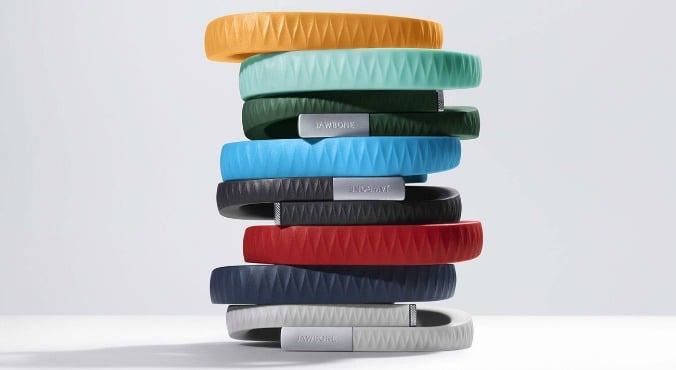
Source: iStock
When fitness trackers arrived on the market – those clever, ‘wearable-without-looking-like-a-douche’ tech-sessories (sorry Google Glass!) – we wanted in.
THIS would be the Holy Grail to motivate our fitness. Once we got around to taking it out of the box, obviously.
Is it just us, or is this fitness tracker downright mean?
But like the kale slowly wilting in the fridge and the exercise ball gathering dust in the corner, we’re a fickle bunch. 42% of us lose interest in fitness trackers after six months, according to new data from market research company NPD. Which doesn’t mean you shouldn’t invest – on the contrary, it means you’ve got six months to show that tech band who’s boss. Here’s how.
1. Follow your goals, not the pre-sets.
Most actors have a goal of winning an Oscar. But if an actor is currently starring in a TV commercial, the Oscar probably isn’t going to come tomorrow.
The new fitness app that will make your 2015 a healthier year.
Ditto with achieving the standard fitness-tracker goal of 10,000 steps a day. If you’re currently averaging 4,000 steps, it’s better to aim for 5,000 and slowly build up – rather than not make 10,000, feel frustrated, and give up.
2. Look for vibration settings.
Not for that purpose, naughty! But getting recognition for meeting a goal – such as a vibration going off, receiving a notification or earning points – turns fitness into a game. And we like games. Not as much as we like cake, but still.
The most popular fitness trackers
3. Wear it on the hand you don’t write with.
Your writing arm moves more, and fitness tech can’t tell if that movement is you taking a step – or you swatting a fly. Using your non-dominant hand ups the odds of getting an accurate step tally. (And, FYI, wearing tech on your wrist beats waist for accuracy, according to a study in Medicine and Science in Sports and Exercise).
New workout gear that will make you want to exercise.
4. Enter as much personal data as possible.
You wouldn’t get useful job matches on LinkedIn if your profile only included your name and location. The same is true of fitness trackers: the more information you give it, the more it will give you in return. Update it as you progress, and be truthful with your stats. It’s impossible for it to judge you.




























































































